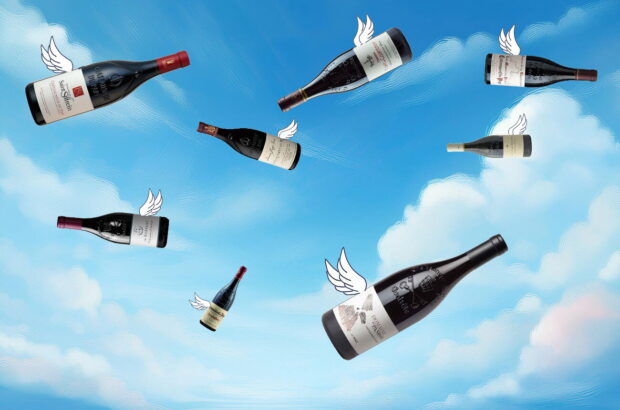New Zealand wineries' confidence in global demand has kick-started fresh vine plantings in Marlborough after a five-year lull, but space will increasingly be at a premium, the chief winemaker for Pernod Ricard's Brancott Estate has said.
Marlborough, which constitutes around 75% of New Zealand‘s wine production, saw its wine grape crush rise by a third in the much-touted 2013 vintage, to a record 251,680 tonnes, versus a historically small 2012 haul. Around 245,000 tonnes were harvested in 2011.
The higher grape haul has helped wineries to rebuild supplies as they seek to target new export markets, such as the US and Asia, as well as improve sales in more established countries, like the UK and Australia.
Marlborough grape prices have risen by around a third over the past year, to NZ$1,600 per tonne, and – despite the strong 2013 harvest – there is a push for new vineyards to meet expected demand.
‘In Marlborough, this is the first year since 2007 and 2008 that new vines have gone in the ground [excluding replantings]’ Brancott’s chief winemaker, Patrick Materman, told decanter.com.
‘There’s a few hundred hectares going in. At the moment, nurseries are unable to supply enough vines for all the demand.’
He thinks, though, that limited nursery supplies could be a good thing to ‘help spread out the plantings’ over several years and retain the region’s premium credentials. Wounds from a supply glut in New Zealand a few years ago have not fully healed.
At the same time, Materman is conscious that Marlborough is approaching the point at which the limitations of land space are appearing on the horizon.
There is currently just over 23,000ha of land under vine in the region, and Materman estimated that this could, at a stretch, expand to 26,000ha. But, if exports from the region continue to increase, and particularly if the US and Asia markets take off, then supplies ‘will be tight’ in future, he said.
One of Brancott’s current projects is Sauvignon Gris, and the Pernod Ricard-owned group plans to launch the varietal at GBP10.49-a-bottle in the UK early next year.
For this, capacity is no problem for the time being. ‘We have planted 100ha,’ Materman said. ‘We’ve done 15,000 cases this year, but we could do 80,000 or 90,000 eventually, no problem.’ Via Brancott, Pernod Ricard has around 90% of New Zealand’s planted Sauvignon Gris at present.
On the 2013 vintage in general, Materman said, ‘I think it’s the best vintage I’ve seen. Our plantings are now at a level of maturity and our understanding has matured as well’.
Last week, Pernod Ricard changed the name of its wine business, which also includes Jacob’s Creek and Campo Viejo, to Pernod Ricard Winemakers, from Premium Wine Brands.
In the past, some have questioned the French firm’s enthusiasm for its wine business. But, Materman, who has been with Brancott – formerly known as Montana – since 1990, said ‘there is a real commitment to make it work’.
Written by Chris Mercer







